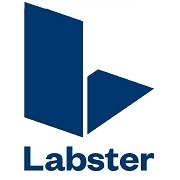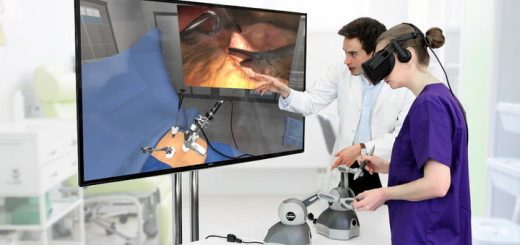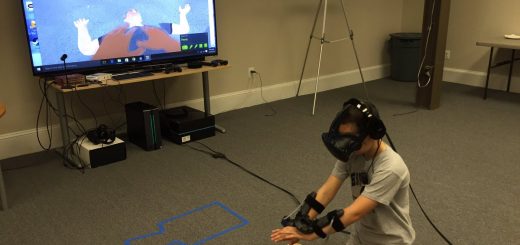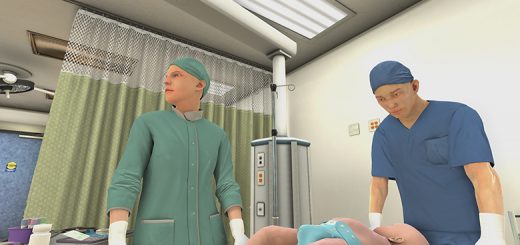Labster VR develops simulated science education
Published · Updated
Collaboration between Google, Labster puts students in virtual labs
In the wide world of science education, hands-on learning is extremely important. Virtual Reality applications are making it easier to gain hands-on experience in a variety of fields.
Labster, in partnership with Google, is using virtual reality to showcase modern tools like DNA sequencers and working microscopes in the educational space. Labster brings a wide variety of different VR experiences to students including an electron transport chain simulation, cytogenetics, cellular respiration, RNA extraction, gene expression, viral gene therapy, confocal microscope, invertebrate modeling and gene regulation.
VR simulations that will change science education
The Labster VR labs have been developed in collaboration with faculty at Arizona State University (ASU) in order to validate the content of the labs and ensure that all learning objectives were met, so that ASU were able to provide full course credit to students using Labster VR simulations as part of their course.
In the fall of 2018, ASU will launch its first fully online biology degree using Labster VR. This degree will consist of 30 Labster VR simulations in cellular and molecular biology, ecology and animal physiology.
Soon students at Roskilde University in Denmark, the University of Texas, San Antonio, McMaster University in Canada, and Roger Williams University, Rhode Island will be using Labster VR as well. Several of these universities will be engaging in research around the use of VR in higher education.
Labster VR at school
With Labster and a VR headset, students have access to unlimited lab time. All virtual labs can be experienced in VR with Daydream View or the Lenovo Mirage Solo with Daydream.
Learn more about Labster VR or contact Labster today to get Labster VR at your institution.





What do you think?
You are the first to add a thought